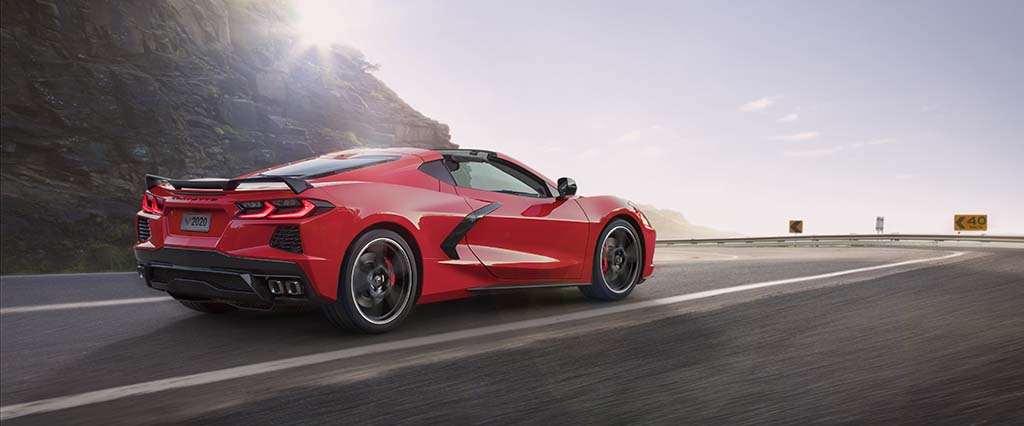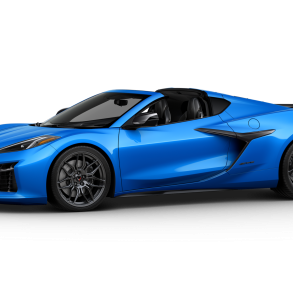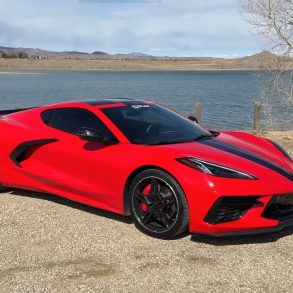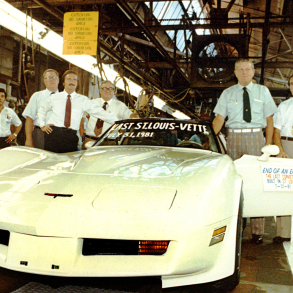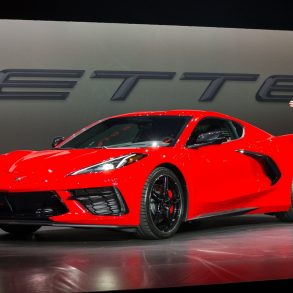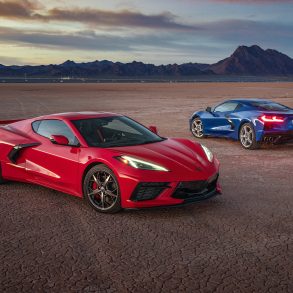But Is that Really a Bad Thing?
With the C8 Corvette now unveiled, many of the big, burning questions were answered, but there’s still a lot up in the air. Even the information that was released leave a lot to be speculated at and a lot to think about. One of the things that caught our eye is something that Car and Driver also pointed out. The C8 Corvette is bigger and heavier than the other mid-engine cars it competes with.
More Car
According to the publication, the C8 a little more than five inches longer than the C7, but when you compare that to the other mid-engine cars it now goes toe-to-toe with, the vehicle is even bigger. It’s many inches longer than the competing vehicles from Ferrari, McLaren, Porsche, Lamborghini, Audi, and Acura. The car also has a longer wheelbase.
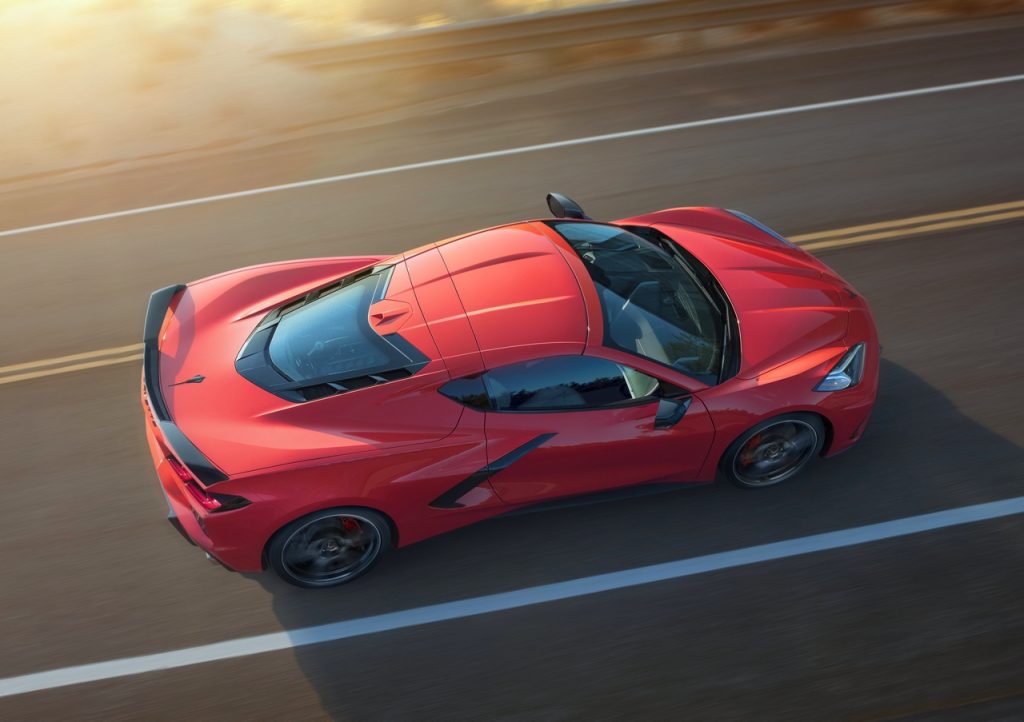
While this extra length could have an impact on handing overall, the longer wheelbase will likely help smooth out the ride a little. Also, the Corvette, unlike many other mid-engine supercars will be usable day-to-day. It has a generous 12.6 cubic feet of storage space overall. The rear trunk behind the engine can accommodate two golf bags, a good number of groceries, or the removable roof. In other words, this is a practical supercar. In order to have that practicality, the car had to be larger.
More Weight
Chevy didn’t say a curb weight, but it did say a dry weight of 3,366 pounds. When you adjust that to curb weight, the car will likely tip the scales at 3,600 pounds. That’s a porky machine when you compare it to the competition. The only mid-engine cars that weigh more are the ones with hybrid technology that have to carry around heavy batteries.
This heavier weight came from Chevy being smart with its materials to keep costs down. The car utilizes a lot of aluminum as opposed to gobs of carbon fiber. Aluminum is much cheaper, which is how Chevy managed to keep the price tag reasonable on the C8. The downside of doing this is that the car weighs more.
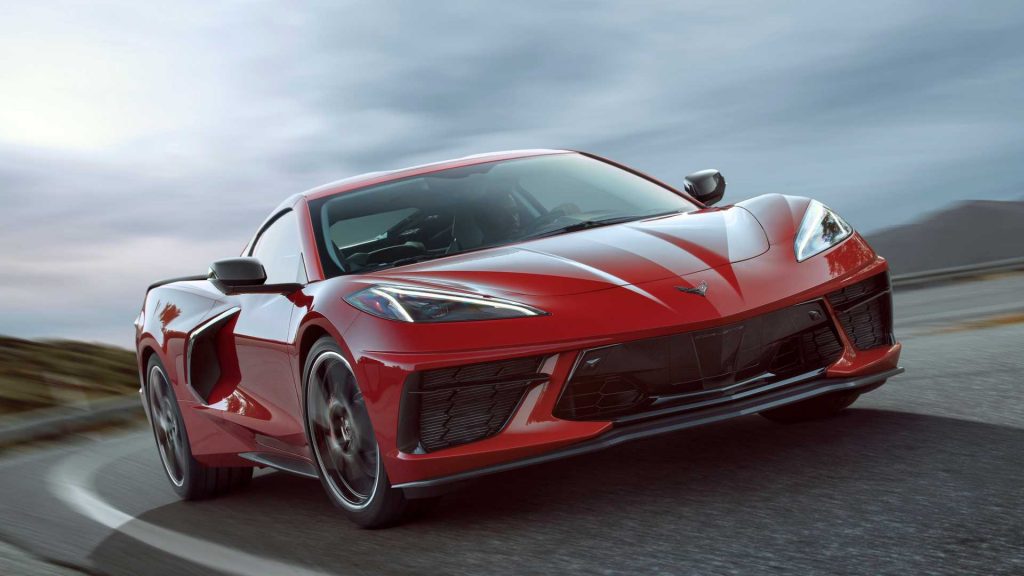
Car and Driver pointed out that Chevy didn’t mention anything about weight distribution either. It’s unclear where the majority of this weight will be focused on. We’re hoping for a reasonably balanced distribution, but we’d expect that the car will have a rear weight bias. That might not be ideal in some conditions, but it should be good for straight-line speed. the more weight over the rear wheels (the drive wheels) the easier it’ll be for the C8 to get traction and make the most of the V8’s 495 hp and 470 lb-ft of torque.
We’re still waiting on some answers for the C8—like top speed—but until then, we’re going to pick apart what we do know about the C8. We’re fine with the car being a little bigger and heavier if that’s what Chevy had to do to get the superb straight-line speed we want and keep the price down all while making the car reasonably practical.


